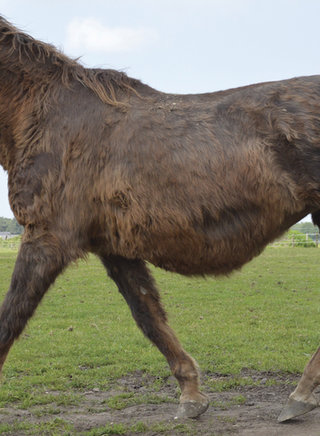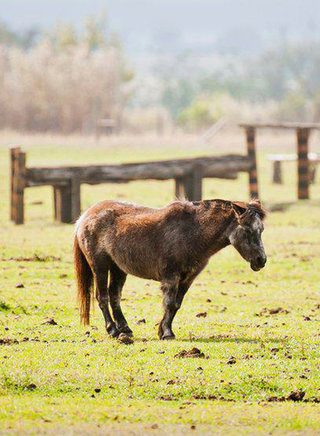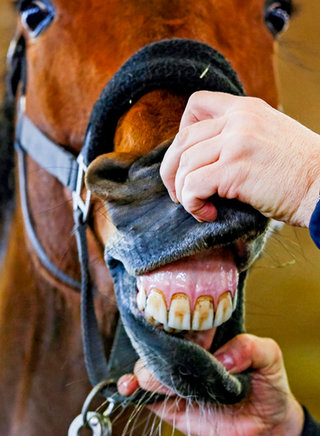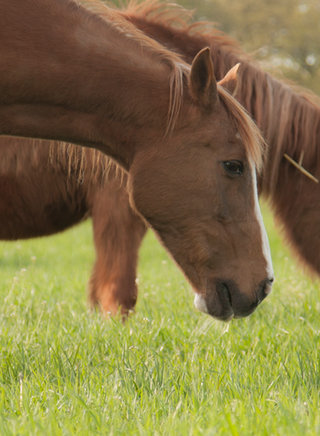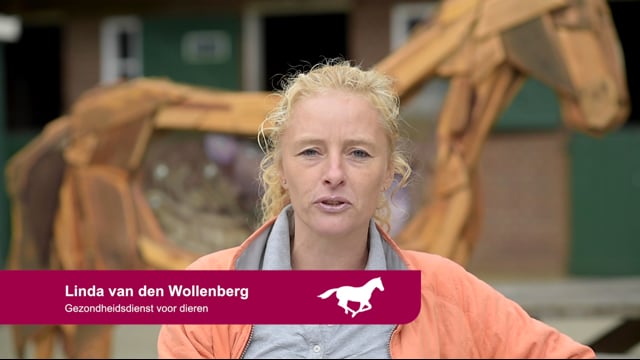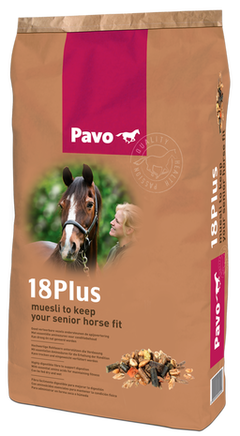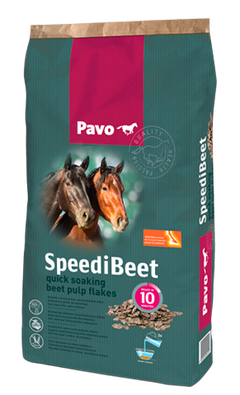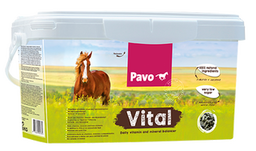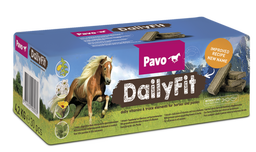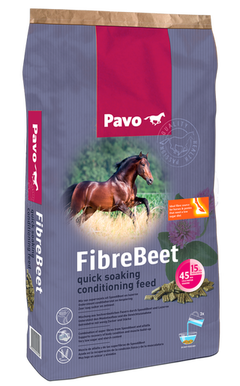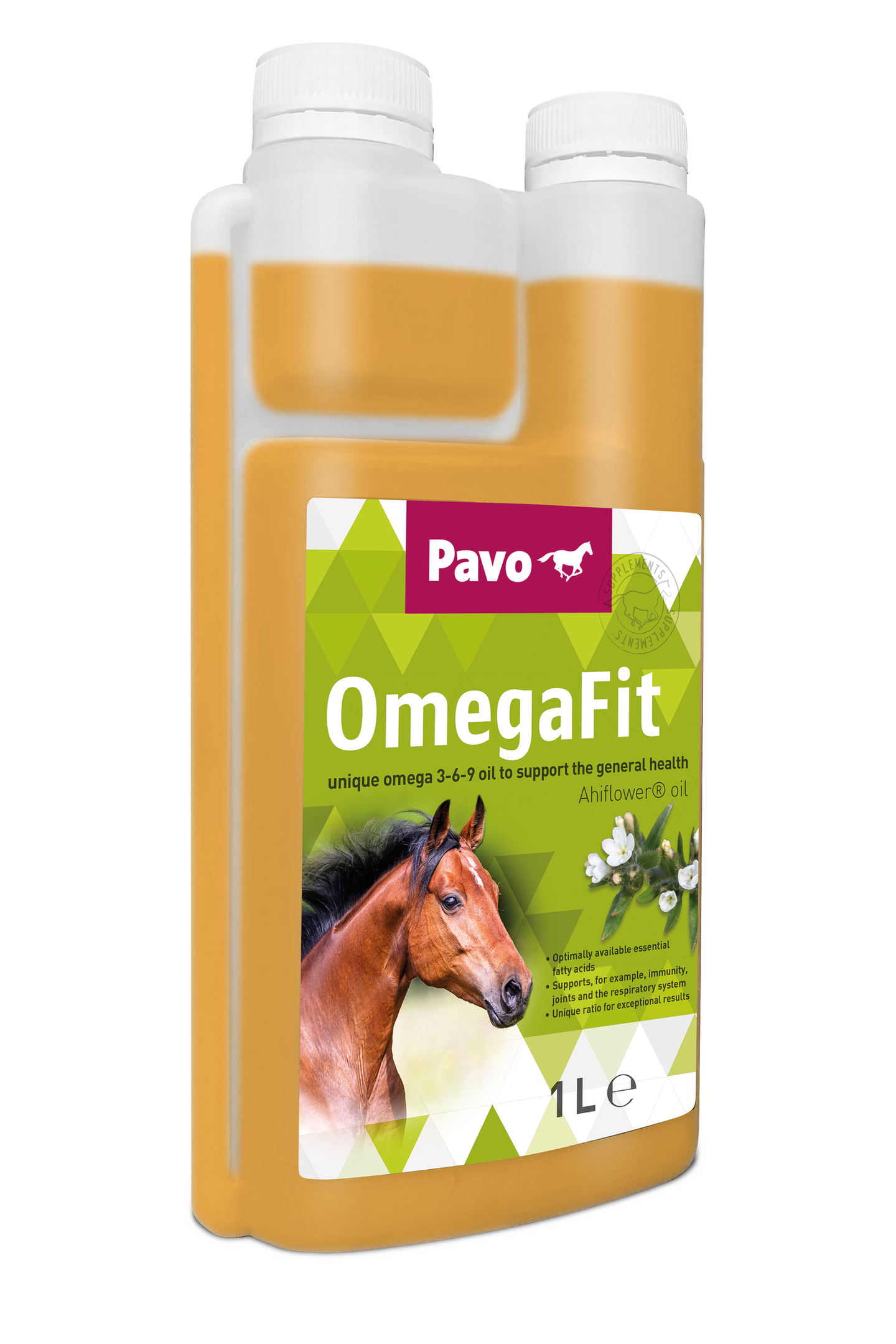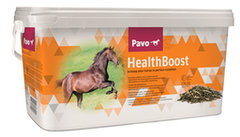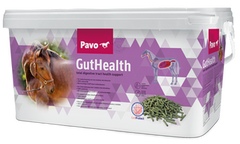Common diseases
in old horses

“Certain diseases are common in older horses. This page will tell you all about the four most common diseases in old horses. It’s important to contact a vet if you think your horse is suffering from any of these diseases”
Pleun Broeren, nutritionist
PPID - Cushing
Typical old horse disease
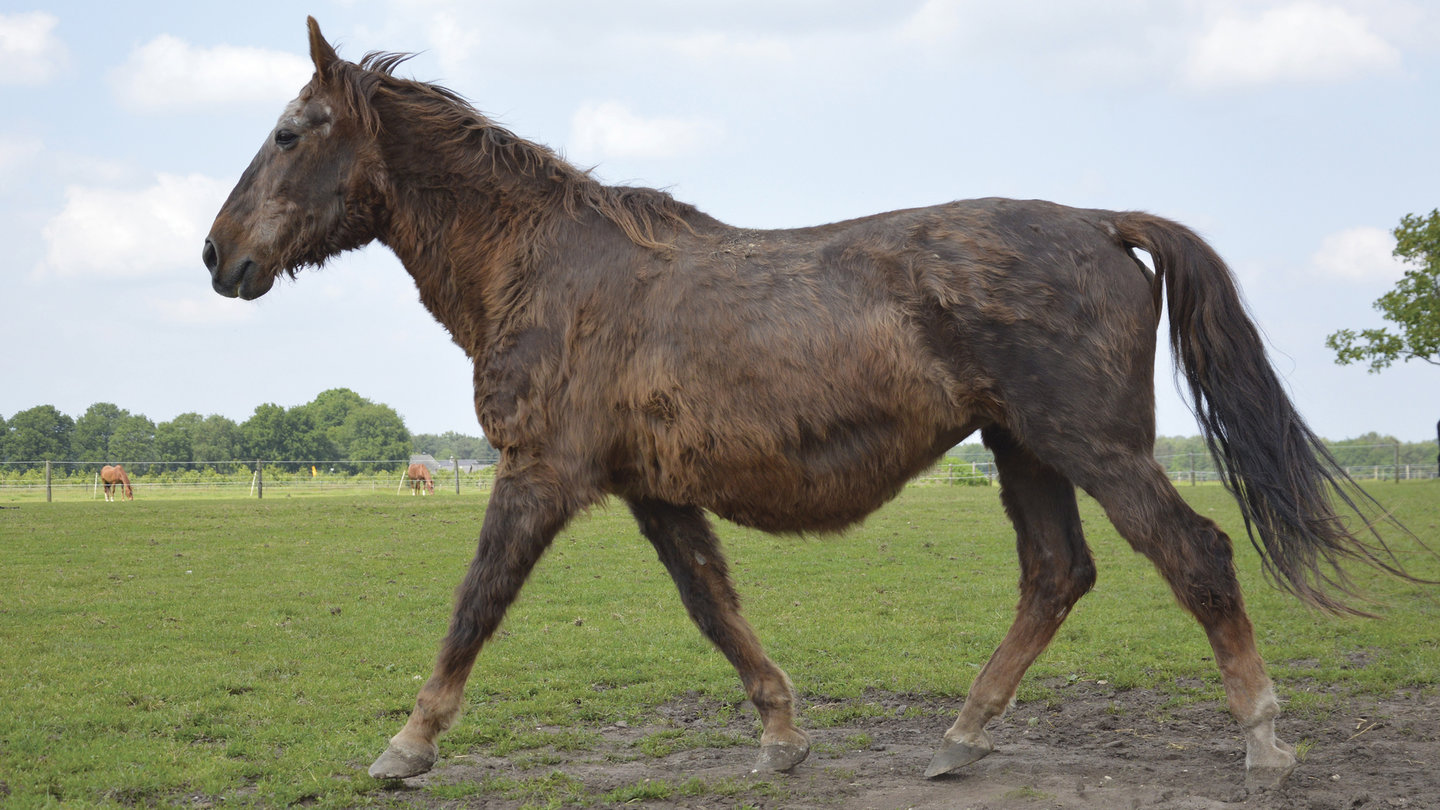
Does your horse have a long, curly coat and doesn’t he shed very effectively? Then there's a good chance he has Cushing’s disease. This is sometimes also referred to as PPID. More than fifty percent of all horses over the age of 18 will develop this disease. This disease results in the disruption of your horse’s pituitary gland, causing it to release too many hormones. This can unfortunately result in your horse becoming hormonally imbalanced, which can then cause, for example, the typical curly coat. This is a real old-age disease.
Symptoms
The curly coat is by no means the only Cushing’s disease symptom. The horse is often already in quite an advanced stage once this becomes noticeable. Other symptoms will often be visible much earlier. These can include:
- Reduced performance levels, your horse is slower and will find it harder to deal with the work
- Behavioural changes
- Lots of drinking and urinating
- Higher susceptibility to infections
- Reduced fertility
- Loss of muscle
- ‘Bulgy’ appearance
- Abnormal sweating
- Changing coat
A vet will be able to use a blood test to determine whether your horse actually has Cushing’s disease.
Feeding advice at Cushing
Horses with Cushing’s disease have an increased risk of laminitis. The disrupted hormonal balance means the horse will be extra sensitive to a sugar-rich diet. The advice is to have the sugar content of your roughage analysed. This can be done with a Pavo Roughage Quickscan. It may be a good idea to switch to a low-sugar batch of roughage if it becomes apparent the roughage - which constitutes the largest part of your horse’s ration - contains too much sugar. You can also opt for a low-sugar concentrate, such as Pavo 18Plus, combined with low-sugar Pavo SpeediBeet of Pavo Senior Fibre, if additional supplements are required. You will also need to take the sugar in the grass into account when the horse is put out to pasture.
Cushing’s disease can’t yet be cured, but any long-term negative consequences can effectively be prevented with medication and the right diet.
Laminitis
Pay attention to the sugars in your horse’s feed
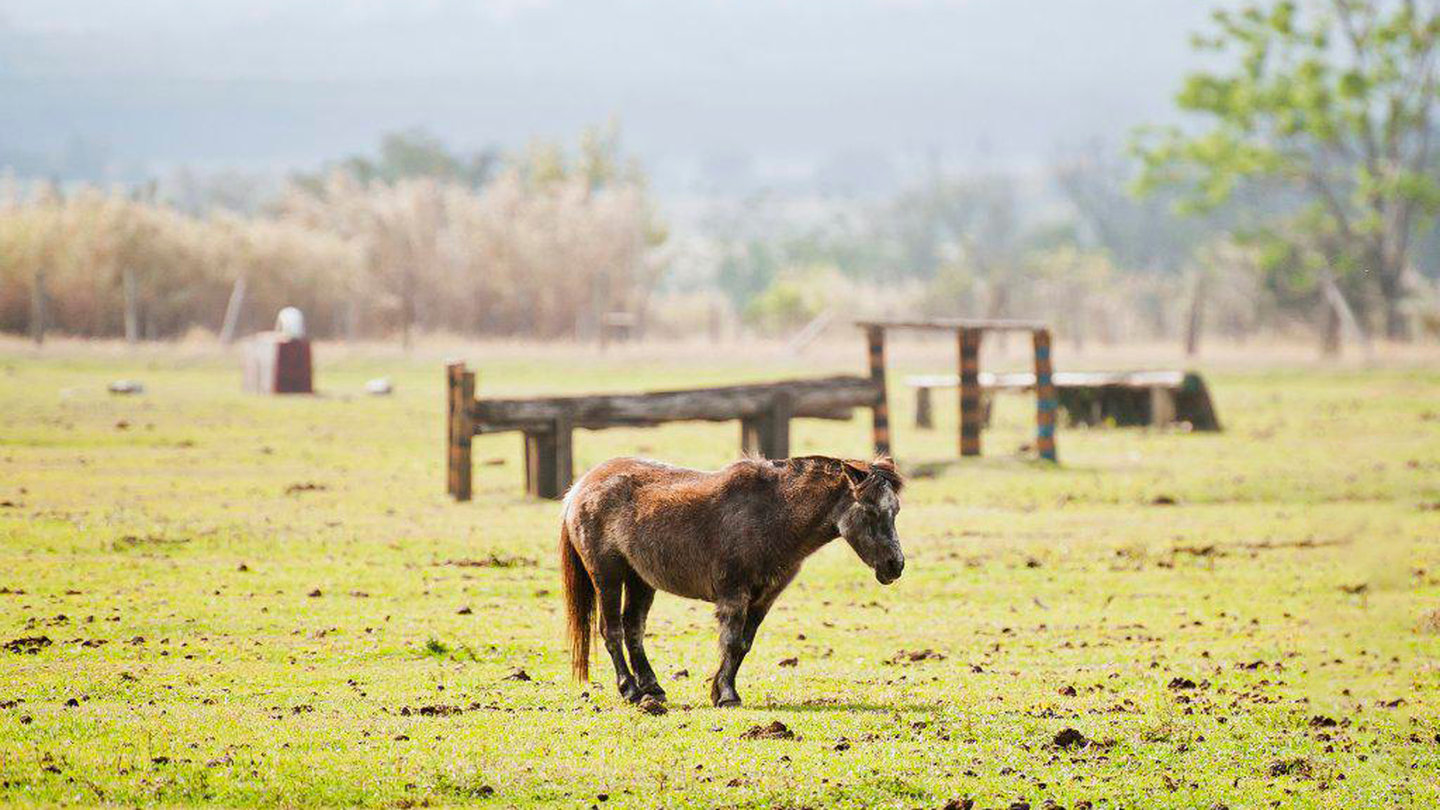
As older horses often have trouble digesting sugars, laminitis will soon form a real threat if you don’t adjust the horse’s diet. Laminitis is a very painful condition, with inflammation in the hoof due to a serious metabolic disorder causing problems. This inflammation will be accompanied by a fever and swelling and this will cause your horse a great deal of pain. Laminitis will usually occur in the front hooves (first). If your horse has suffered from laminitis before, he will always remain susceptible to this condition.
Symptoms
Your old horse will try to relieve his front legs as much as possible if he is suffering from laminitis. He will do this by placing his hind legs as far underneath the body as possible and moving the affected leg (or legs) forward. He will prefer to remain standing like this and move as little as possible. Your horse can also opt to lie down for long periods of time, in order to relieve his legs.
Depending on the seriousness of the laminitis, the coffin bone can separate from the hoof dermis, causing the coffin bone to lose support and tilt. The tip of the coffin bone will subsequently protrude into the sole. The coffin bone can even extend through the sole in serious cases.
Horses and ponies with Cushing’s disease are extra sensitive to laminitis.
Advice at laminitis
Make sure you always consult your vet first if you suspect your horse is suffering from laminitis.
You can also apply the following advice in consultation with your vet:
- Don't give your horse any more concentrate and time out to pasture, but instead exclusively feed him on stalky hay. Instead of a concentrate, you could opt for a vitamin and mineral supplement like Pavo Vital or Pavo DailyFit biscuits.
- Position your horse on wet sand or in the mud, making sure the hoof can continually benefit from cool conditions, whilst also reducing/distributing the pressure on the hooves.
- Discuss what else you can do to relieve the pain with your vet and the farrier.
Prevention
It goes without saying it would be even better to prevent laminitis altogether. A number of tips:
- Would you like your old horse to spend lots of time grazing out in the meadow, but is he not used to this yet? Then start off with an hour a day and slowly extend this length of time.
- Preferably put your horse out to pasture in the morning, as the fructan in the grass is still low at this point. Please note: sensitive horses are best off not being put out to pasture after a night frost.
- Avoid grazing on a bare meadow: that’s because short grass has quite a high sugar content.
- Start off with giving the horse roughage (Pavo SeniorFibre for horses that can nog eat normal roughage) in the stable in the morning, or prepare a nice mash with Pavo SpeediBeet or Pavo FibreBeet. This will ensure your horse heads into the meadow feeling nice and full and will subsequently ingest less of the grass.
- Adjust the amount of concentrate when you put your horse out to pasture.
- Fence off a section of the meadow, making sure your horse is limited in the amount of grass he can eat. Move the fencing a little bit every day, making sure your horse has access to a little bit of fresh grass each time.
EOTHR
Sore teeth
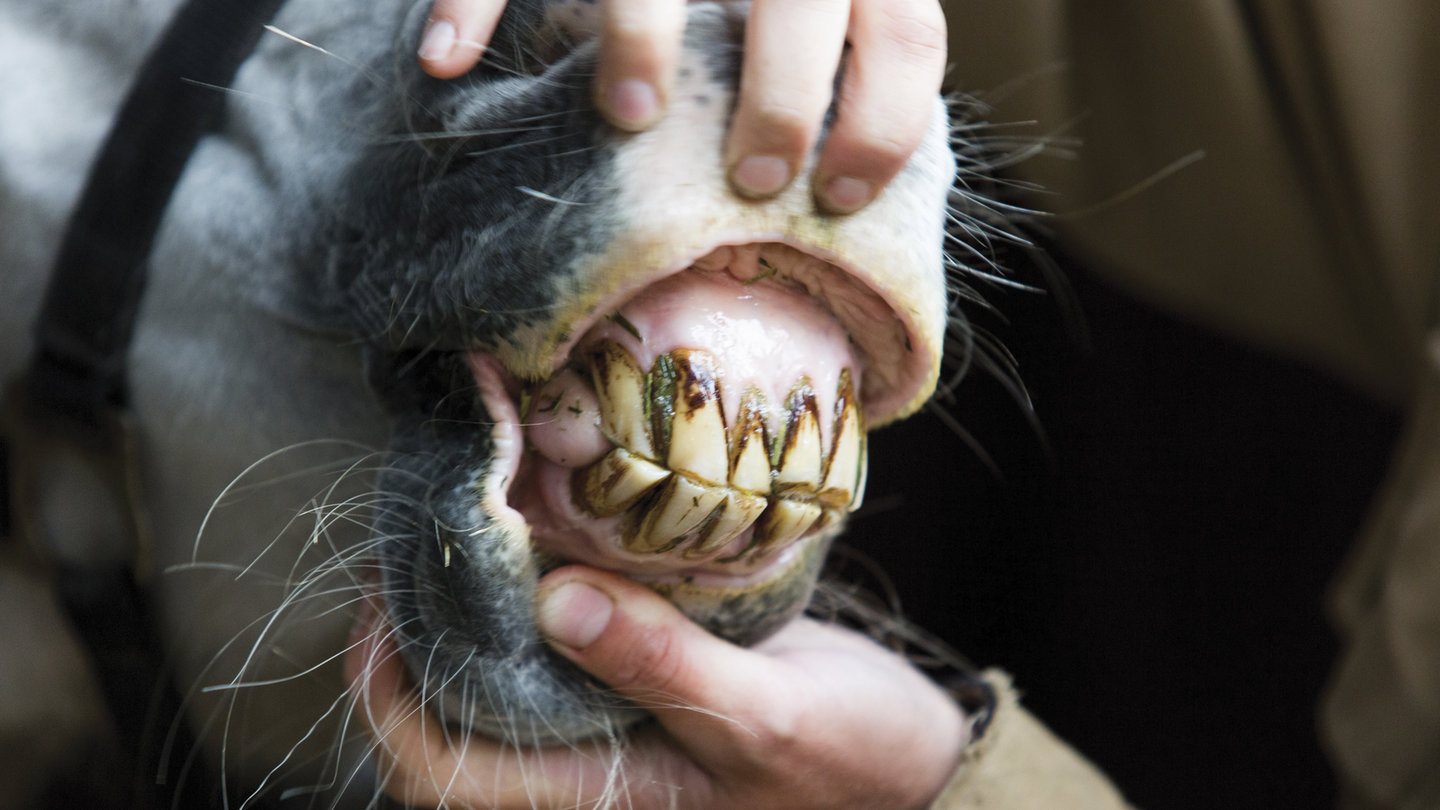
It’s important to have your horse’s teeth checked by an expert twice a year. This will allow you to identify any problems at an early stage. EORTH (Equine Osteoclastic Tooth Resorption and Hypercementosis) is one of those conditions which older horses will regularly suffer from.
Symptoms
The horse gets pain in his teeth. You can recognize this by:
- Poor biting, you can use the ‘carrot test’ for this. Let your horse bite on a carrot. If he does not succeed, have his teeth examined.
- Being seperated from the group.
- Difficulty chewing.
- Drooling.
- Visible bumps at the level of the mucous membrane.
Timely intervention is essential with EOTRH, making sure your horse can enjoy his old age free from pain. This condition is sometimes difficult to recognise and horses don’t always clearly show when their teeth are bothering them. That’s why we want to emphasise the importance of regularly having your old horse checked by an expert.
Therapy
EOTRH affects the roots of the teeth. It results in them slowly dissolving. The body reacts by making a new tooth root, which can subsequently cause significant uncontrolled growth. It’s a condition which can affect some or even all front teeth, which is unpredictable.
EOTRH can be diagnosed at an early stage with an X-ray. There is no treatment for this condition. The only solution is to extract the affected teeth. This is done under heavy sedation/pain relief.
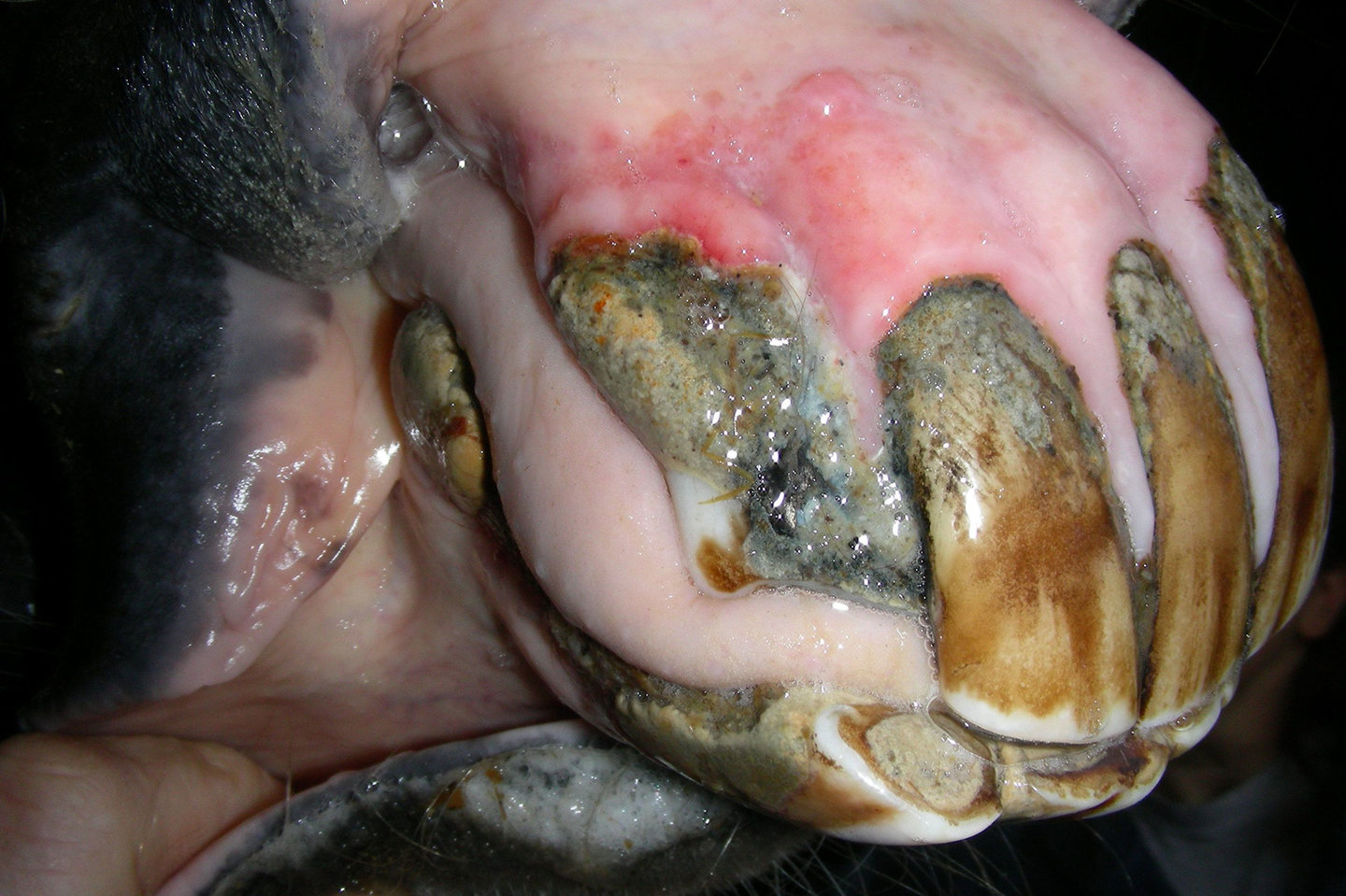
You will regularly see this in Icelandic, Fjord and Shetland horses, but other breeds can just as easily be affected too. The cause is unknown. The condition has, at times, been linked to Cushing’s disease, but there is no evidence of that. It often occurs in older horses and mainly in the upper teeth.
You will soon notice the horse is visibly happier once the teeth have been extracted. Your old horse can certainly continue to function pretty well without his incisors too. A horse can easily take in and grind hay and longer grass using his lips and jaw edges. Only short grass is slightly trickier.
General malaise
What if your horse is not feeling well?
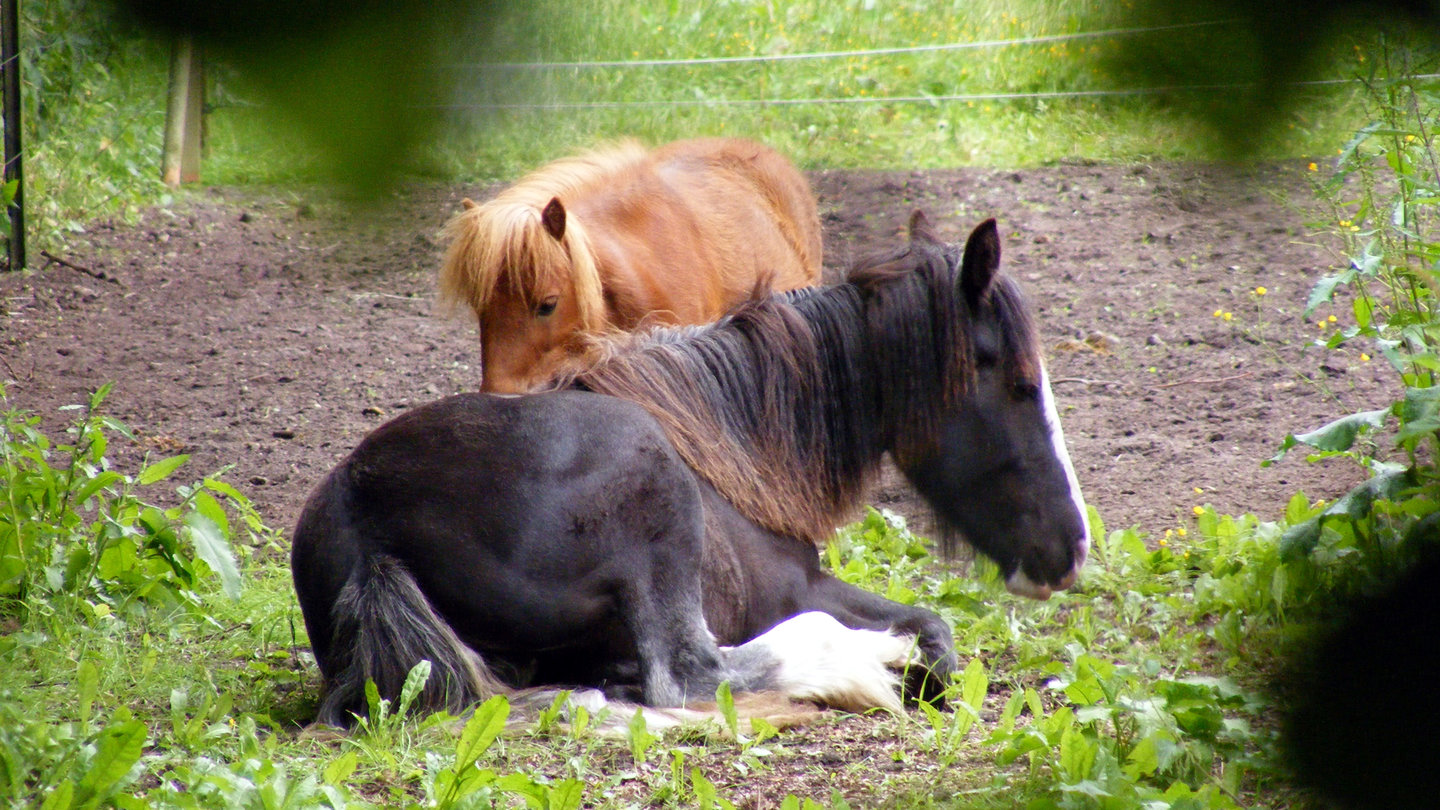
Have you noticed your horse doesn’t appear to be feeling that well overall? Then arrange for a blood test and general examination to be performed by a vet. With many diseases it’s imperative for things to be diagnosed on time, in order to avoid any further ‘deterioration’ of your old horse. Then another good look at the horse’s diet once all diseases have been excluded.
The diet can certainly help to make your horse feel fitter and healthier again. You can give your horse an excellent boost where his resistance and energy are concerned with Pavo OmegeFit, HealthBoost and GutHealth.

